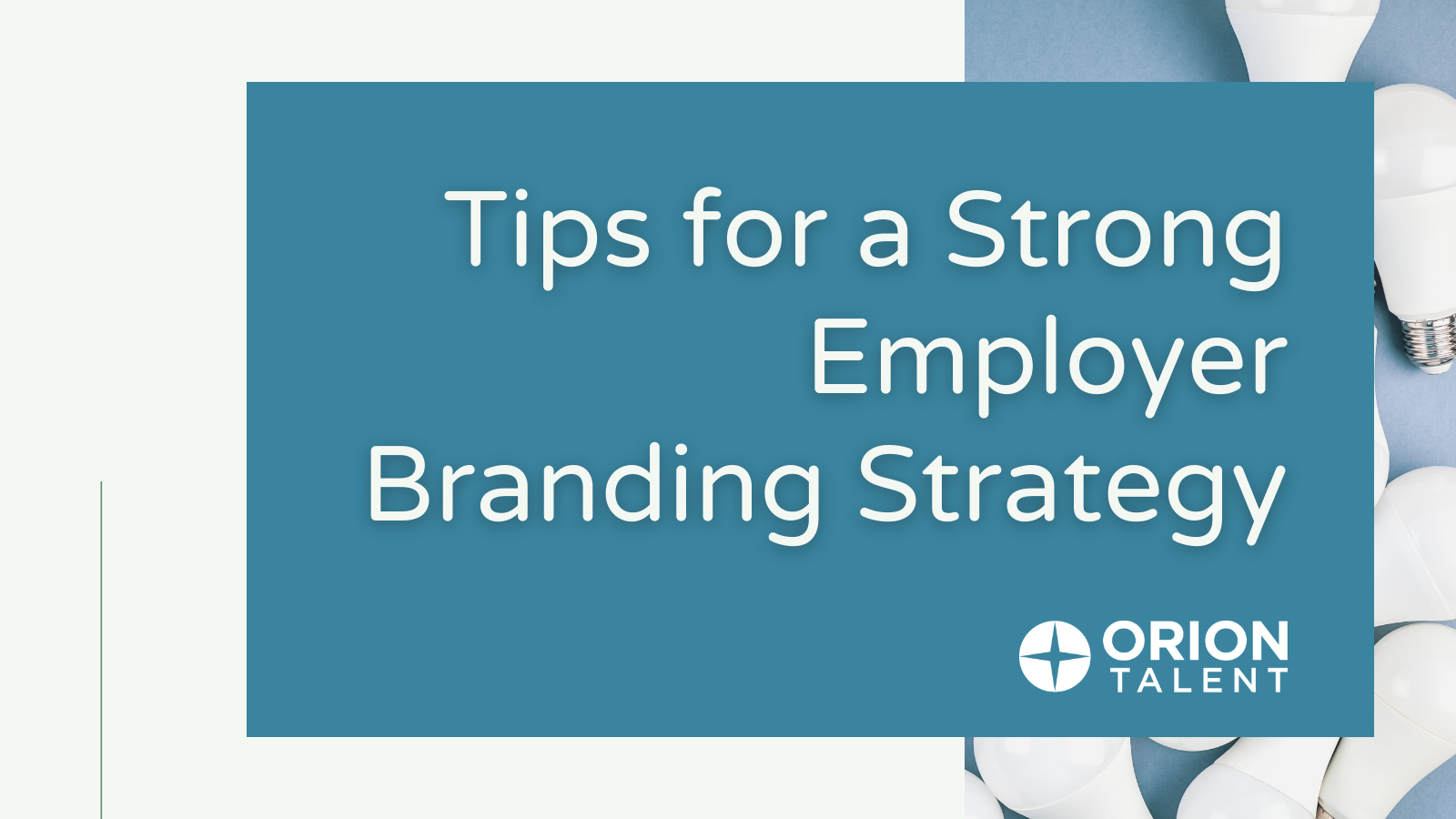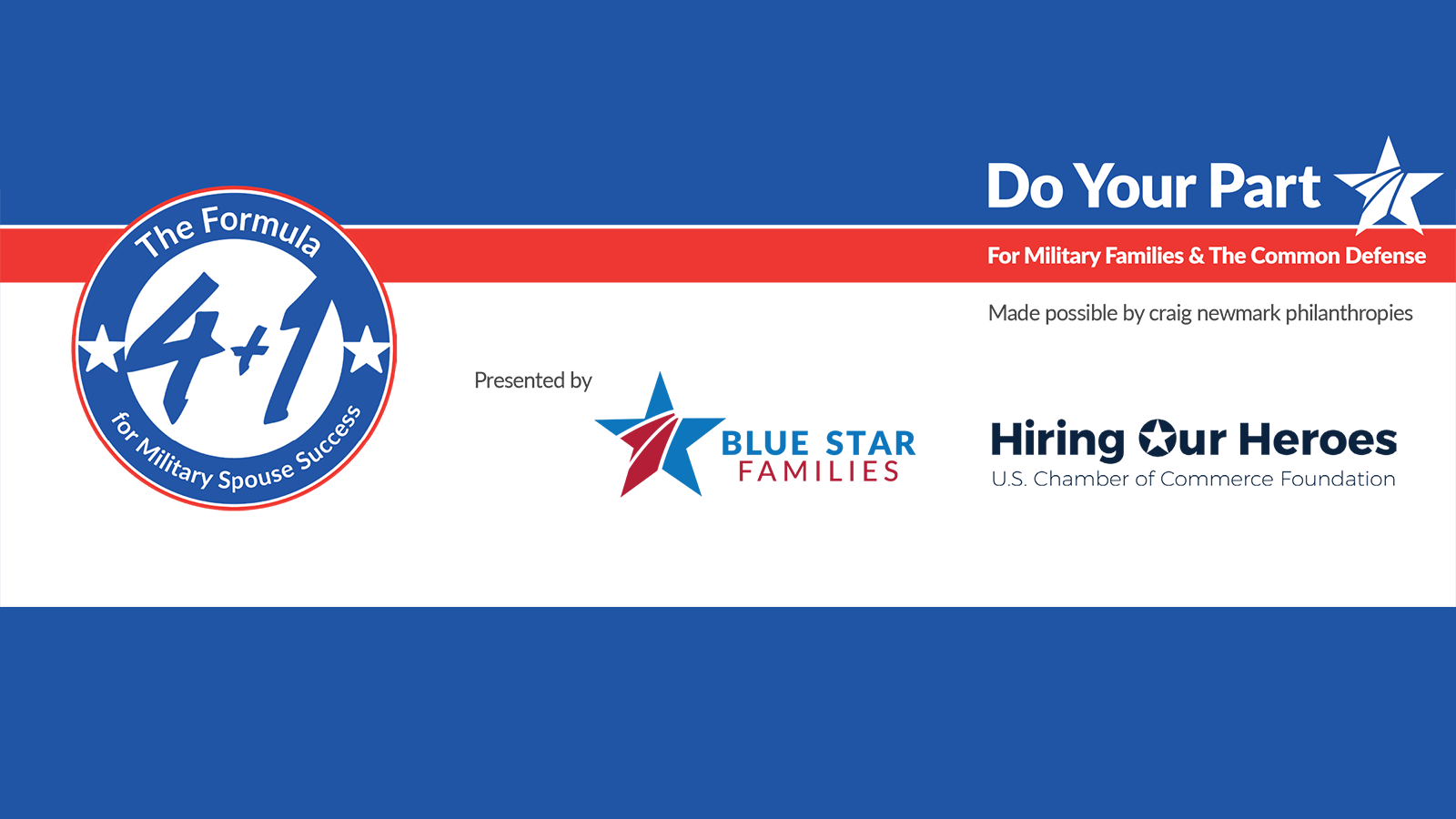
Your employer branding ties your company together. It is a marketing strategy that represents your culture and tells potential candidates what it is like working at your company. The way in which your employees engage each other and candidates is the essence of your employment brand.
A Strong Employer branding strategy is an asset in the war for talent. Employer branding can help attract quality candidates who become strong productive hires. These employees skillfully support customers and embody your employer branding. And you should think of your employees as Brand Advocates for your company who can help exemplify your message.
Talent metrics like cost-per-hire, turnover, and time-to-fill improve, as well, with strong employer branding. According to LinkedIn, companies who utilize an Employer Branding strategy experience on average 28% reduction in turnover, 50% cost-per-hire reduction, 50% more qualified applicants, and 1-2x faster time to hire. Additionally, 75 % of job seekers consider an employer’s brand before even applying for a job.
So how do you create a great Employer Brand? Follow the seven steps outlined below, and you will be on your way to attracting better candidates, retaining the talent you have, and boosting the bottom line.
Know Your Company's Unique Value Proposition
Does your company have a unique value proposition? A UVP defines what customers will find unique about your company’s services or products. You can create a UVP by considering what customers you are going to serve; what needs will you meet; and what price point is mutually beneficial to the company and the client.
Your UVP should reflect your mission statement, values, vision, culture, purpose, and employee engagement and will be the core of your marketing and messaging. It should effectively communicate to employees, customers, employees, and stakeholders what makes your company different. Work backward from these aspirations to see what type of employee will help you accomplish this. From there, you can begin to build your Employer Branding.
Conduct an Employer Brand Audit
An Employer branding audit consists of a deep dive into all your recruitment and marketing channels, like candidate experience, social media, and your application process, to examine where you are in relation to your goals. It can also include testimonials, sourcing avenues, compensation, and online reviews.
Questions you should ask during the audit include:
- What is our message to candidates?
- How are we sending it?
- Is that message working?
- What do people have to say about us?
- What are our competitors doing differently that is working?
- What should we start, continue, or discontinue doing?
An Employer Branding Audit not only helps you decide where to allocate resources and what initiatives to work on moving forward, but it also helps you improve your employer brand and fix any talent acquisition obstacles you may be facing.
The insight gained from an employer branding audit should give you control over your brand, messaging, and processes. With this in mind, the most important step is to take action on this insight.
Write an Employer Value Proposition
A variation on a UVP, your Employer Value Proposition states what value candidates can expect as an employee of your company in return for their time, skills, and effort. Creating an EVP is perhaps the most important step in developing your employer branding strategy because it will be the message you convey in your marketing collateral aimed at candidates.
Your EVP should cover five themes - tangible benefits like Compensation and Benefits, as well as intangible benefits like Career, Work Environment, and Culture. Compensation covers raises, promotions, how employees are evaluated, and even the equity of pay. Benefits run the gamut from holidays to time off to flexibility. Career reflects stability and growth. Work environment covers work/life balance and autonomy, And finally, Culture represents the support, trust, and collaboration found at your company.
Knowing that a company competitively compensates its employees, provides great benefits, offers career development, is an autonomous yet team-driven place to work, and has an exceptional culture all go a long way in attracting talent.
Leverage Current Employees
You can leverage current employees in two ways. First, you can confidentially survey them to gain insight into their perspective on your employer branding. Find out what they would say to their friends about your company and what they like about working for your company. Be prepared, however, for criticism that could warrant addressing.
Secondly, employees can serve as strong Brand Advocates. If they see that you are canvassing for their thoughts and then taking action, they are likely to feel appreciated and be more loyal. This loyalty translates into how they speak of your company to others. According to this research, 86% of respondents would not apply for or continue to work for a company that has a bad reputation with former employees or the general public. Given this statistic and the fact that people are more likely to share negative opinions than positives ones, it is important to cultivate these Brand Ambassadors.
Cultivate a Strong Onboarding Process
A poor onboarding process leads to losing great talent before they ever really start. Continued engagement is the key to retaining that talent. Engaged candidates are more likely to become committed employees. Follow these three steps for successful onboarding:
- Remember to follow-up after the initial offer. Recap your conversation, give detailed logistics information, and include resource groups and other extracurricular activities your company offers.
- Once they start, make sure to introduce your new employee to people outside of their team. Set their metrics and appoint a mentor for them.
- Ensure long-term engagement by maintaining an open-door policy, providing continuous training, and encouraging team building.
Learn more about these steps in this infographic.
And, if you find yourself conducting onboarding virtually, remember these four tips:
- Hold virtual meetings with the CHRO, manager, IT team, and finally an informal mentor to answer any questions and review the plan and goals for the week.
- Conduct a new hire orientation where new hires learn about the history of the company, company purpose, and benefits, among many other topics.
- Conduct on-the-job-training (OJT) conducted on whatever online business communication platform you use. Record sessions for future reference.
- Host an informal virtual happy hour, where new employees are encouraged to engage socially, and ends with a toast to the new hires.
Check out this article to gain some takeaways that you can implement into your current processes. You should also consider longboarding, or going beyond onboarding to keep top talent motivated for the long term, as Leeatt Rothschild writes in HR Morning.
Offer Learning and Development Opportunities
A big selling point for a career at any company is their attitude toward ongoing learning, professional development, and training. No one wants to stagnate in their job, and offering employees the opportunity to grow is a great retention tool. Programs like these are also an attractive employer branding tool, as candidates are drawn to an employer that encourages growth.
Learning and development opportunities could include education benefits like an annual learning budget, on-the-job-training, mentorship programs, lunch-and-learns, or stretch assignments where you place your employee on a team executing a project requiring a skill they would like to learn.
While it can be difficult to measure, investing in your employees is a good decision. But you have to implement training the right way. If you are offering training no one wants or cannot access (especially in the current circumstances), or one that cannot be measured at all, then you have missed the mark. Find out what your employees want to be trained on and consider conducting the training virtually.
Also, keep in mind that one great measurement tool is to ask for employee feedback after the training. This will give you a good idea of how relevant and productive the training was. And, perhaps most importantly, start small. Roll out new training to a select group, see how it goes, and then implement it organization-wide.
Create a Strong Diversity and Inclusion Initiative
A diversity and inclusion initiative addresses any lack of diversity in a company’s current workforce and culture. A diverse team can bring new ideas, a stronger culture, and improved customer service, as well as ensuring your employer branding is reaching new and diverse groups of people. This step has to be more than just talk and should be evident in your company’s work culture. You can create a more diverse team through such an initiative by:
Leading by example
Demonstrate the change you are trying to affect and ask for input on anything you may be overlooking. Displaying that diversity and inclusion is important to leadership and is now an organizational goal goes a long way as a catalyst for meaningful change.
Leveraging SMEs
Hire or appoint someone to be your SME on diversity and inclusion. Invest in the tools they need to succeed, and, most importantly, listen to them. This may mean an outside firm, but it could also mean finding the right person in your company and providing them with the training to enact change on a company-level.
Surveying employees
surveying employees can reveal their perception of your corporate culture, what you are doing right, and what is missing. Ask about any initiatives you already have in place and be open to suggested courses of action.
Implementing training
Consider training, whether it be a video, meeting, or more in-depth initiative. Presenting a different point of view to employees could affect a positive change in culture.
Creating affinity groups
Give people space to come around their shared interests without regard to their demographics. Whether it be a group for veterans, people who like to rock climb, or moms, these groups give people a chance to form tight relationships that translate into productive teams.
Tracking demographics
A meaningful analysis of your demographics is important. Beyond simple demographics, you should also track hiring, compensation, performance, or promotions across demographics. This will help you establish a benchmark on which to improve.
Deploy your Brand
Once you have followed these steps, you will have created a successful Employer Brand! Now it is time to share it with the outside world. Armed with your Employer Branding, you can create content targeted to appeal to your ideal candidate on social media, blogs, newsletters, podcasts, target emails, and careers webpage.
People also ask:
What is the Goal of Employer Branding?
Your goal in creating an Employer Branding strategy should be to present your company as a preferable place to work, ensuring you are competitive in the war for top talent. You should break this down into more measurable goals such as an increase in offer acceptance, reduction in turnover, improved employee satisfaction, and increased familiarity with your brand outside of your company. Determine where you stand on these metrics before you start and then continue to measure them to make sure your Employer Branding strategy is working.
What is Employee Branding Process?
TL;DR
As outlined above, creating an Employer Branding strategy is a multi-step process:
First, you need to create your Unique Value Proposition. Your UVP will tell clients, employees, and candidates what is different about your company and will help you stand out among other businesses selling the same service or good.
Second, you need to conduct an Employer Brand Audit. Find out what people think of your brand and compare it with the story you are trying to tell. Include your current employees in the audit and make sure to address any shortcomings you uncover. Your audit should include candidate experience, social media, testimonials, sourcing avenues, compensation, and online reviews.
Third, and, most importantly, you need to work on your Employer Value Proposition. The EVP goes beyond what is unique about your company and tells the story of what it is like to work at your company through Compensation and Benefits, Career, Work Environment, and Culture.
Fourth, leverage your current employees. You can confidentiality survey them as part of the Brand Audit or on a quarterly basis to find out how well your various Employer Branding initiatives are working. You can also find Brand Advocates among your employers. Top talent that stands out and embodies your brand can be a great marketing asset when it comes to attracting new talent.
Fifth, you have to create a strong onboarding process. Just because you got the star candidate in the door doesn’t mean you will retain them. You have to set them up for success by providing training, growth, and even social opportunities. Follow the three steps outlined above for successful onboarding.
Sixth, offer learning and development opportunities. This can be done as part of onboarding but should continue throughout an employee’s tenure. Any learning opportunity you can create is an excellent way to build goodwill and show that you view your employees as assets to invest in.
Last, invest in Diversity and Inclusion Initiatives. You can do so by leading by example, leveraging experts, surveying employees, training, creating affinity groups, and tracking your demographics. This step has to start at the top and be modeled every day.
Following these seven steps will help you systematically build an attractive Employer Brand sure to entice top candidates to apply for your open jobs.
How do you Build a Strong Employer Brand?
Building a strong Employer Brand is key to attracting top talent. Having an Employer Branding strategy is the best way to build trust with potential candidates and to demonstrate what it means to work for your company authentically.
If you approach Employer Branding as a marketing strategy, you will have a strong asset in the war for talent. You gain productive employees and Brand Advocates for your company. You also improve talent metrics like cost-per-hire, turnover, and time-to-fill. You can learn more about why these talent metrics are important here.
Employer Branding takes strategic implementation but can lead to a strong candidate pipeline. For more information on Employer Branding, including a look at Employer Branding vs. Recruitment Marketing, take a look at our article Guide to Employer Branding and Recruitment. Whether you need to create or revamp an Employer Brand, Orion Talent can help.
Archives
- April 2025
- March 2025
- February 2025
- October 2024
- May 2024
- March 2024
- February 2024
- January 2024
- December 2023
- November 2023
- October 2023
- September 2023
- August 2023
- July 2023
- June 2023
- May 2023
- April 2023
- March 2023
- February 2023
- January 2023
- December 2022
- November 2022
- October 2022
- September 2022
- August 2022
- July 2022
- June 2022
- May 2022
- April 2022
- March 2022
- February 2022
- January 2022
- December 2021
- November 2021
- October 2021
- September 2021
- August 2021
- July 2021
- June 2021
- May 2021
- April 2021
- March 2021
- February 2021
- January 2021
- December 2020
- November 2020
- October 2020
- September 2020
- August 2020
- July 2020
- June 2020
- May 2020
- April 2020
- March 2020
- February 2020
- January 2020
- December 2019
- November 2019
- October 2019
- September 2019
- August 2019
- July 2019
- June 2019
- May 2019
- April 2019
- March 2019
- February 2019
- January 2019
- December 2018
- November 2018
- October 2018
- September 2018
- August 2018
- July 2018
- June 2018
- May 2018
- April 2018
- March 2018
- February 2018
- January 2018
- December 2017
- November 2017
- October 2017
- September 2017
- August 2017
- July 2017
- June 2017
- May 2017
- March 2017
- February 2017
- January 2017
 RSS Feed
RSS Feed
Subscribe to Orion's Blog
Featured Blogs





.jpg)















